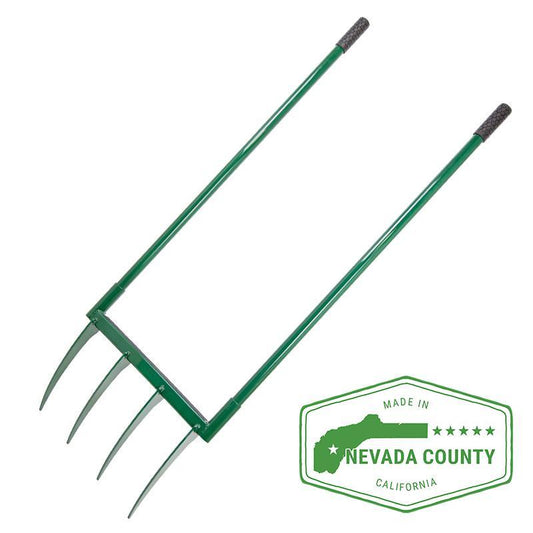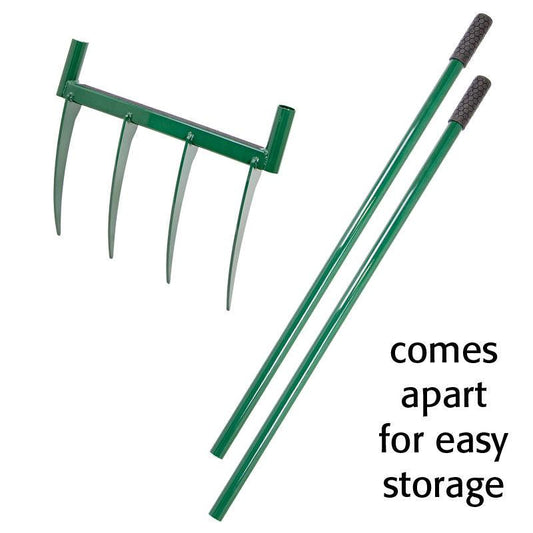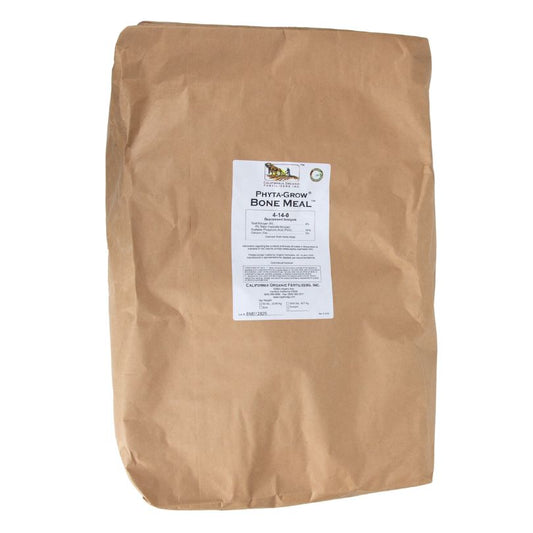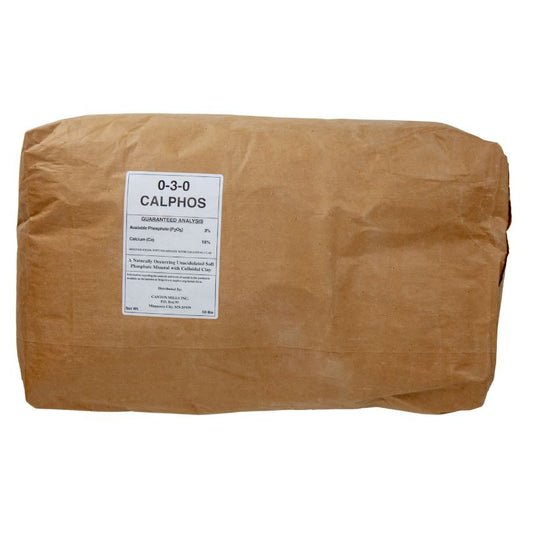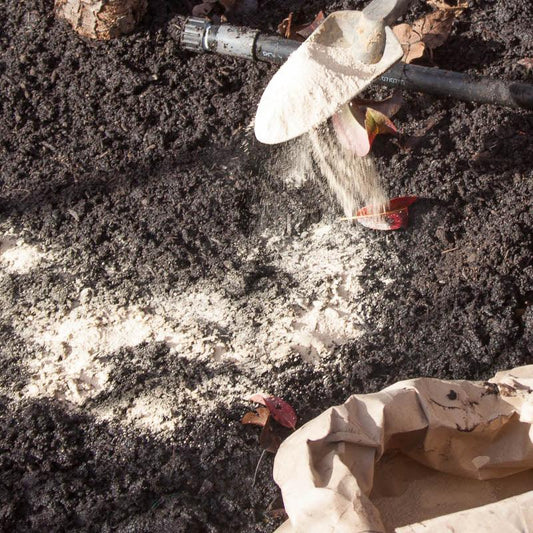Double Digging Revitalizes Garden Soil and Improves Tilth
Double digging is a hallmark of French intensive gardening, a method developed in 19th-century France to maximize vegetable yields in small spaces. This technique combines soil enrichment, dense planting to conserve moisture, and season-extending methods such as cloches (glass bell jars).
The approach gained popularity in the U.S. through J.I. Rodale, founder of Organic Gardening magazine, and John Jeavons, author of How to Grow More Vegetables. Double digging is the first step in biointensive gardening for loosening compacted soil and enriching it for optimal plant growth.
Double Digging Technique
Learn the step-by-step double digging process, as demonstrated in our video on double digging:
- Mark and dig the first trench, approximately 12 inches deep and the width of a garden spade or broadfork.
- Place the removed topsoil into a wheelbarrow or tub.
- Spread compost or soil amendments, such as soft rock phosphate or other high-phosphorus fertilizers, at the bottom of the trench.
- Loosen the subsoil using a digging fork, broadfork, or deep spader to promote aeration and root penetration.
- Continue by digging a parallel trench, placing the topsoil into the first trench.
- Repeat the process until the entire bed is prepared, finishing by filling the last trench with the soil from the first trench.
Recommended Tools for Double Digging
- Broadfork Metal Handle 5-Tine
- Organic Compost
- Shovels and spades for trench digging
Shop Broadfork for Soil Preparation
When to Double Dig
Double digging can be done any time of the year, provided the soil is not wet. Digging in wet soil can damage its structure. Spring is ideal for preparing beds for summer vegetables, while late summer works well for fall crops or cover crops.
Good News: You Only Need to Double Dig Once!
After the initial preparation, you can maintain loose soil by:
- Refraining from walking on garden beds
- Adding compost annually before winter to support microbial activity
- Allowing earthworms to naturally aerate the soil
Conclusion
Double digging is a time-intensive but rewarding method to revitalize compacted soil and create a thriving garden. This technique promotes healthier plants, better drainage, and happier earthworms. For more information on tools to make the process easier, explore our collection of broadforks and start growing organic for life!


